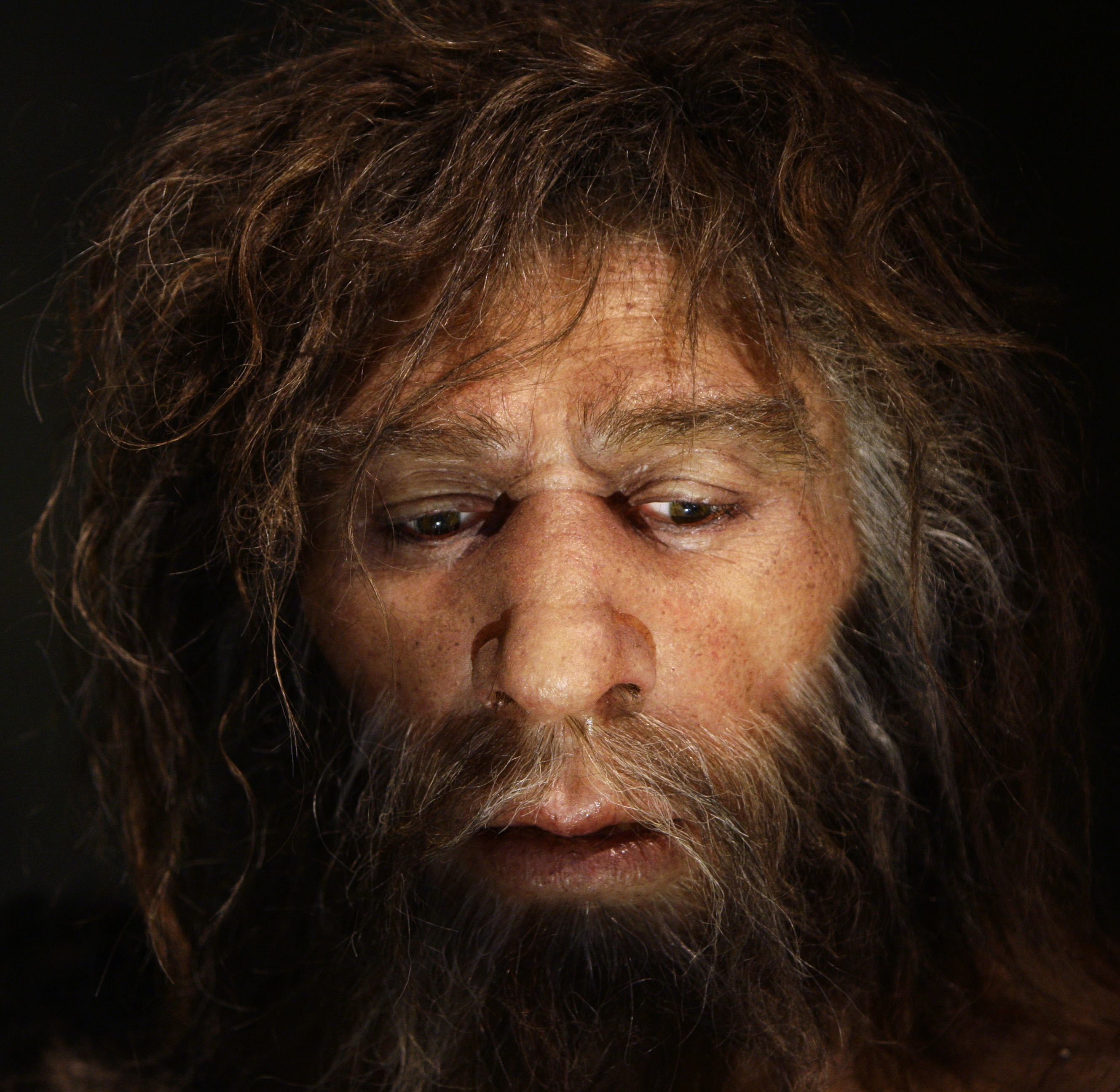- New evidence from a cave in France might explain why some Neanderthals ate their compatriots about 100,000 years ago.
- The bones found in the cave aren’t the first evidence of Neanderthal cannibalism, but this is the first time scientists have hypothesized about the reasons Neanderthals became cannibals.
- The scientists suggest that after the Earth underwent a period of rapid warming, environmental changes limited the available prey for Neanderthals. Facing starvation, our ancestor cousins started eating one another.
Some 100,000 years ago, six of our Neanderthal cousins met a grisly end at the hands of their compatriots.
In a cave in southeastern France, two adults, two adolescents between the ages of 12 and 15, and two children as young as 4 were eaten by other Neanderthals.
Archaeologists have long accepted that Neanderthals were occasional cannibals. The skeletons found at the cave site showed clear evidence of human consumption, like cut marks and nibbled-on finger bones.
But the reason for that behavior hasn’t been well understood until now.
In a study published this month in the Journal of Archaeological Science, French researchers suggested that Neanderthals were reluctant cannibals who were forced to eat one another when they had no other readily available food sources.
Why was there so little to eat? Climate change.
"It took exceptional conditions for human flesh to become meat," Alban Defleur, an author of the study, told Business Insider.

A cave that remained undisturbed for tens of thousands of years
The roughly 120 bones found from these six unfortunate victims of cannibalism were discovered during the 1990s, in the small cave of Baume Moula-Guercy in the Rhône Valley in southeastern France. Defleur coauthored a 1999 study in the journal Science that documented the findings.
"More than half of these remains showed cut marks made with flint tools," Defleur said.
That clue, along with signs of bludgeoning on the Neanderthals' femurs and skulls, indicated that the brains, marrow, and flesh had been consumed.

Nearly two decades after that initial finding, Defleur and his coauthor, Emmanuel Desclaux, attempted to figure out why these individuals had been consumed by members of their own species.
To do that, the scientists examined a specific layer of the cave: Layer XV.
The Baume Moula-Guercy cave has 19 archaeological layers superimposed in chronological order, representing a period of about 100,000 years. This meant the researchers could compare the types of species that lived together during different chunks of time and what the climate was like during those periods.
Layer XV - just 16 inches thick - included not only the cannibalized Neanderthal remains but everything else they left behind, including preserved remnants of fireplaces, charcoal, flint tools, and animal bones. These items had been fossilized without disruption, in a layer "unparalleled on the European continent" for fossilized remains from that period, Defleur said.
Climate change limited Neanderthals' hunting
The contents of Layer XV revealed what the environment was like between 128,000 and 114,000 years ago, during a time called the last interglacial period (meaning between ice ages).
The Baume Moula-Guercy cave site is rare; very few archaeological sites from this interglacial period exist, Defleur said. So researchers have little insight into how climate changes affected Neanderthals' way of life.
Defleur and Desclaux found that the Neanderthals' climate was up to 4 degrees Fahrenheit warmer than today's and that it had changed from colder to warmer incredibly quickly.

This shift was the most significant global warming our planet has experienced in the past 400,000 years, Defleur said.
"We're not [talking] in terms of geological scale, but more a human scale," Desclaux told Cosmos magazine last month. "Maybe within a few generations, the landscape totally changed."
What's more, the fossilized animal bones helped the researchers discover what European wildlife was like before, during, and after this period of abrupt warming.
Defleur and Desclaux found that the changes in the climate led to the development of thick forests across Europe, and consequently, the disappearance of the large mammal species that Neanderthals typically hunted, like bison, reindeer, and mammoths. This lack of traditional prey left them without enough food, which is perhaps why they resorted to cannibalism.
Reluctant cannibals
According to the study's authors, an important piece of evidence supporting their hypothesis that Neanderthals ate members of their own species only out of desperation comes from the enamel on the dead Neanderthals' teeth. An analysis of their molars indicated serious and prolonged deficiencies that are signs of malnourishment.
Read more: Ancient tooth plaque reveals what our extinct human relatives really ate
Defleur said that researchers behind similar enamel studies at other two other sites where cannibalized Neanderthals were discovered found the same signs.
Of the 220 European sites that have yielded human remains belonging to the Neanderthal lineage, only four, including this one, have evidence of Neanderthal cannibalism, according to the study's authors. The other three are in Croatia, Belgium, and Spain.
Defleur said, however, that archaeologists had found 17 sites with 34 individual burials, indicating that Neanderthals ritually buried their dead. To him, that suggests that cannibalism was the exception rather than the rule.
"The low number of confirmed cases of cannibalism among Neanderthals also shows us that they have possibly the same taboo as we do about the consumption of human flesh. Otherwise, the cases would be much more numerous," he said. "Only the survival of the group made them break this possible moral prohibition."

